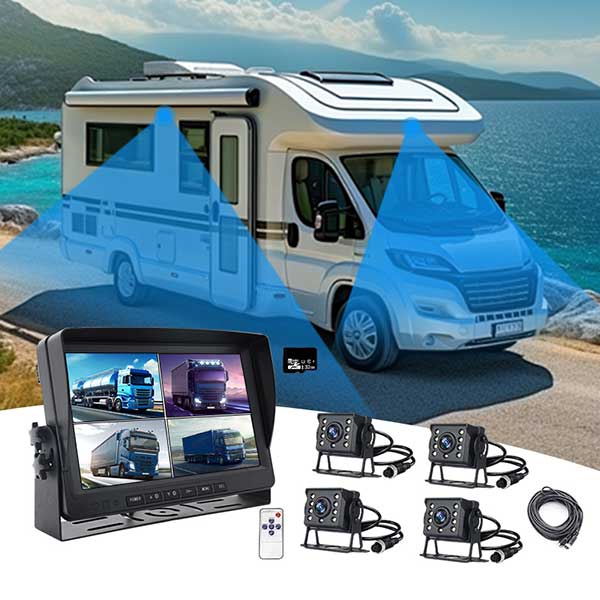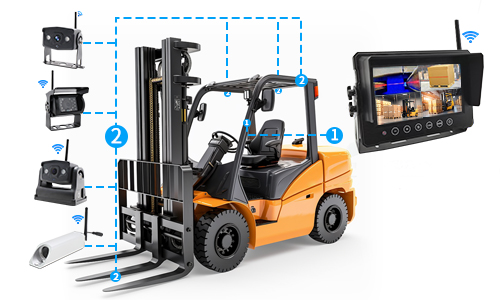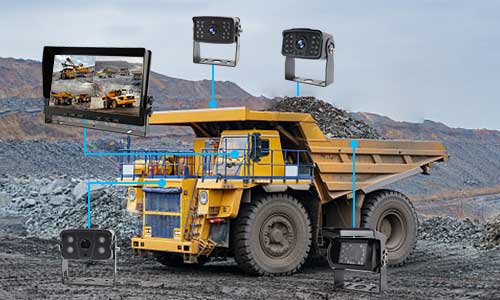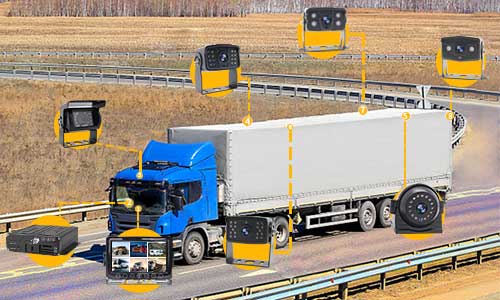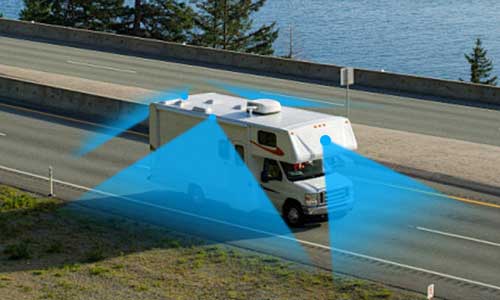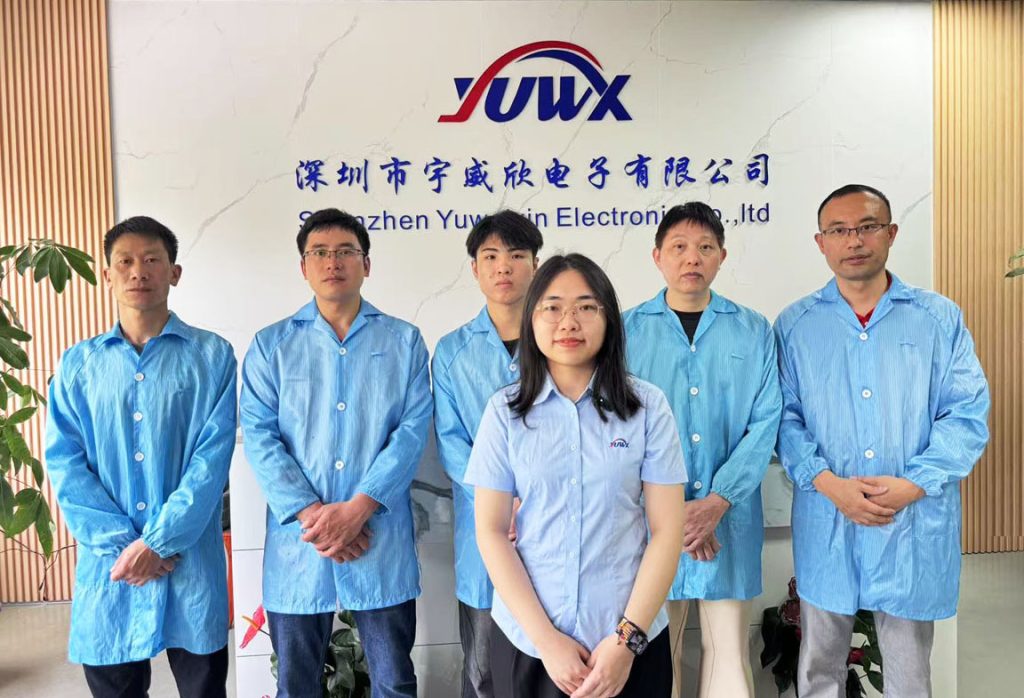Urban streets are crowded with cars, cyclists, and pedestrians. Parking spaces are scarce, and visibility is often blocked by buildings or larger vehicles. In this environment, drivers face daily safety challenges. Minor collisions, scrapes, and near misses are common. Parking assist car monitors have emerged as a reliable solution, reshaping how drivers navigate tight spots and manage blind areas. By providing real-time visual feedback, these systems improve safety and reduce stress.
The Role of Parking Assist Car Monitors in Modern Cities
Parking assist car monitors combine cameras, sensors, and display units to create a visual guide for drivers. Instead of relying only on mirrors, drivers can see potential hazards clearly on a screen. This added perspective is particularly important in dense city settings. With vehicles parked close together, pedestrians crossing suddenly, and delivery bikes moving unpredictably, traditional mirrors are not always enough. Monitors help reduce guesswork and create faster, safer responses.
Enhancing Safety for New Drivers
New drivers often struggle with judgment when maneuvering in tight spaces. A parking assist car monitor builds confidence by offering precise visual cues. Instead of miscalculating distances, new drivers can rely on real-time feedback to avoid obstacles. This reduces minor accidents, which are more common among inexperienced drivers. Moreover, it encourages safe habits, as drivers learn to pay attention to their environment with enhanced awareness.
Value for Shared Car Users
Shared mobility services have become a key feature of urban transportation. Many people now use car-sharing platforms for commuting or weekend travel. However, these users often drive unfamiliar vehicles, which can increase the risk of mistakes. Parking assist car monitors act as a stabilizing factor. By offering the same reliable interface across vehicles, they help users adapt quickly and reduce the chance of accidents. This consistency not only protects vehicles but also improves customer trust in shared mobility providers.
Reducing Accidents in Congested Areas
Congested city districts are high-risk zones for low-speed accidents. Tight parking lots, narrow streets, and poorly lit corners all create risks. Parking assist car monitors reduce these risks by providing drivers with a clear, wide-angle view. Infrared or night vision functions extend this safety into the evening. By lowering the rate of scratches and fender benders, these systems save drivers money on repairs and insurance costs. On a larger scale, they contribute to smoother traffic flow by minimizing accidents that block roads.
Integration with Advanced Vehicle Systems
Modern vehicles increasingly combine parking assist car monitors with other safety features. Integration with radar sensors, ultrasonic detectors, or even AI-based recognition improves accuracy. Some monitors also support guidelines that adjust dynamically as the steering wheel turns. This synergy transforms parking from a stressful manual task into a semi-automated process. As smart city infrastructure evolves, monitors may connect with external networks to offer predictive safety alerts, creating even more value.
Aesthetic and Functional Design
Besides safety, parking assist car monitors enhance driver experience with clean, user-friendly interfaces. Display units are designed to blend with the vehicle interior. High-resolution screens ensure clarity in daylight, while anti-glare coatings improve visibility at night. Compact integration avoids clutter, maintaining a sleek look while delivering practical value.
Industry Adoption and Market Growth
The adoption of parking assist car monitors is no longer limited to luxury vehicles. Growing demand for urban safety has made them standard in mid-range and even entry-level cars. Fleet operators, ride-sharing companies, and delivery services are also embracing this technology to reduce liability and protect assets. As adoption rises, the cost of installation is decreasing, making these monitors more accessible to everyday drivers.
Conclusion: A New Standard for Urban Driving Safety
Parking assist car monitors are not just accessories; they are becoming a core part of urban driving safety. They address key challenges of city mobility, from tight parking to unpredictable pedestrian movement. New drivers gain confidence, shared mobility users enjoy consistency, and city traffic as a whole benefits from fewer accidents. As the technology continues to evolve, it will likely integrate further with smart vehicle ecosystems, setting a new benchmark for safe and stress-free driving.

